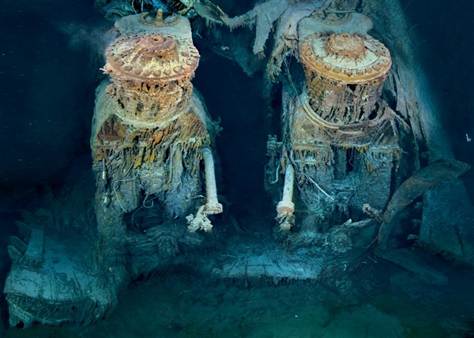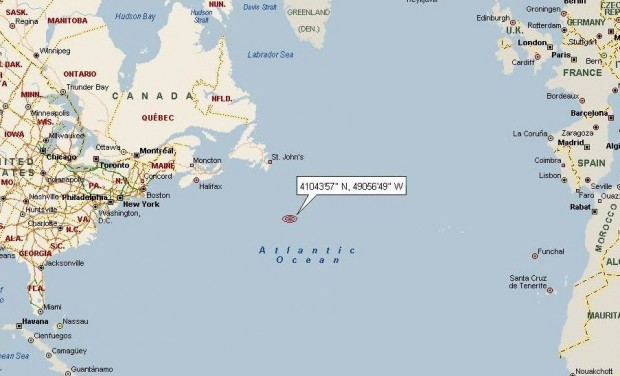Finding Titanic, Part Two
/In last week’s post, scientist Robert Ballard had finally managed to secure funding to go after his dream to locate the sunken Titanic. On August 22, 1985, Ballard’s research vessel, the Knorr, reached what was thought to be the area where Titanic sank. A French ship had already spent 10 days scanning the ocean floor with a new sonar system and came up empty. It was time for Argo, the robot aboard the Knorr designed specifically for this mission, to be lowered 2½ miles down to the ocean floor. Loaded with TV cameras, Argo swept back and forth for hours, sending video back to an anxious Dr. Ballard and his team aboard the Knorr. But nothing made by man appeared in the endless ripples of sand far below.
Then on September 1st, the images began to look different. A few marks, then chunks of debris appeared. Glued to their monitors, the team watched as larger items came into view. Before long, an enormous ship’s boiler filled their screens. Robert Ballard and his team had accomplished what many experts had thought would never happen. Titanic had been found.
Titanic's bow
Two of Titanic's engines, four stories high
A bathtub amid the wreckage
Once Argo had taken hundreds of pictures, the Knorr returned to port. Now that the ship was located, Ballard began planning a more extensive research expedition to the site. A year later, a 50-person team aboard a new ship, the Atlantis II, returned with two new vessels: the deep-sea submersible Alvin (see last week’s post) and a new underwater robot named Jason Junior, or JJ. Alvin, with Dr. Ballard and two colleagues aboard, made a slow descent (2½ hours) to Titanic. They located the ship’s hull, but due to a shorting battery, had to make another dive the next day.
Subsequent dives revealed that the ship’s bow and stern sections are 600 feet apart, confirming many eye-witness accounts of the ship breaking in two just before its final plunge beneath the Atlantic. One reason so many previous attempts to find the Titanic had failed was because the ship’s final reported position was over 13 miles from where it was actually found.
Location of the Titanic, 450 miles from her destination, New York City
Robert Ballard held a press conference a few days later, back at Woods Hole Oceanographic Institute in Boston. He held everyone’s attention as he described his findings.“The Titanic lies in 13,000 feet of water...The bow faces north and the ship sits upright on the bottom. There is no light at this great depth and little life can be found. It is a quiet and peaceful and fitting place for the remains of this greatest of sea tragedies to rest. May it forever remain that way and may God bless these found souls.”
Next week, we’ll take a look at the various salvage operations conducted to preserve Titanic artifacts.




